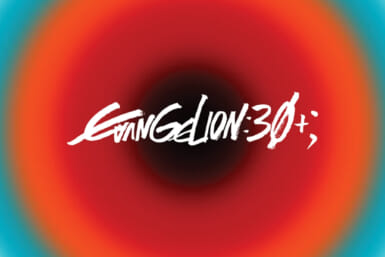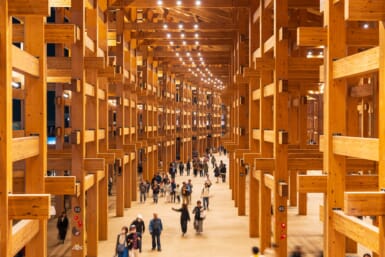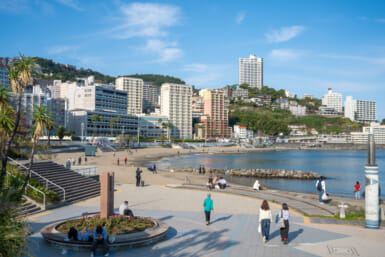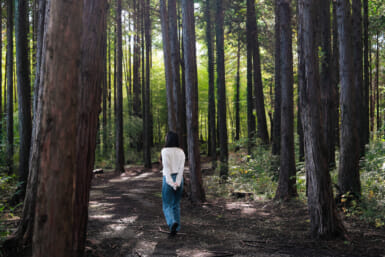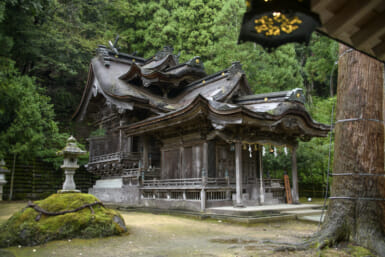A 150 tonne dock traveled 8,000 km and washed ashore in Oregon after the tsunami broke it from a fishing port in Misawa.
The 20m long, 6m wide steel dock was covered with of algae, kelp, barnacles, mussels and other marine life, particular species of which are only found in Japan. Scientists also found tiny species of crab and a starfish and worried that the foreign organisms could disrupt the local ecosystem. State authorities are planning to scrape them off to bury in the sand so they will not cause an ecological problem.
The National Oceanic and Atmospheric Administration (NOAA) worries that bigger debris is headed towards coasts in North America and Canada, given the size of the dock found in Oregon.
A monitoring program in the University of Hawaii’s International Pacific Research Center indicates that with the changing wind directions and speed, it will be harder to predict where the bulk of the 1.4 million tonne debris will end up.
It will be harder to monitor debris once it gets into the Pacific Ocean, the largest body of water, according to Ruth Yender, NOAA’s tsunami marine debris coordinator. Authorities also ran a radiation check on the dock which came up negative.


